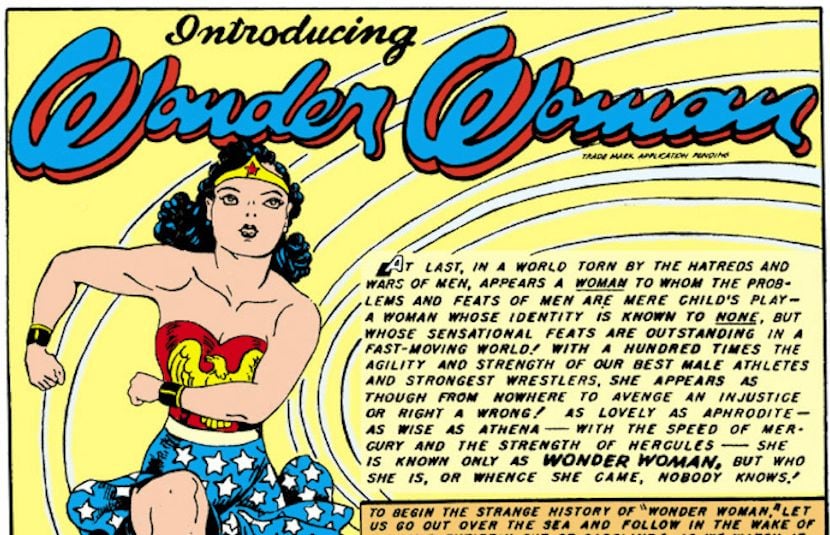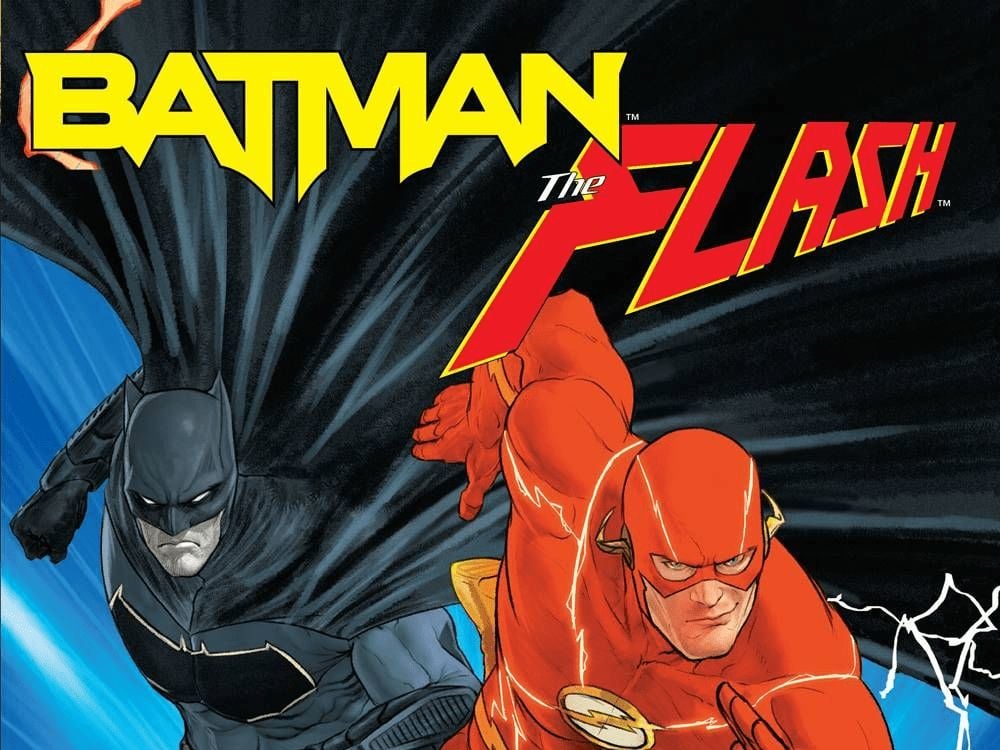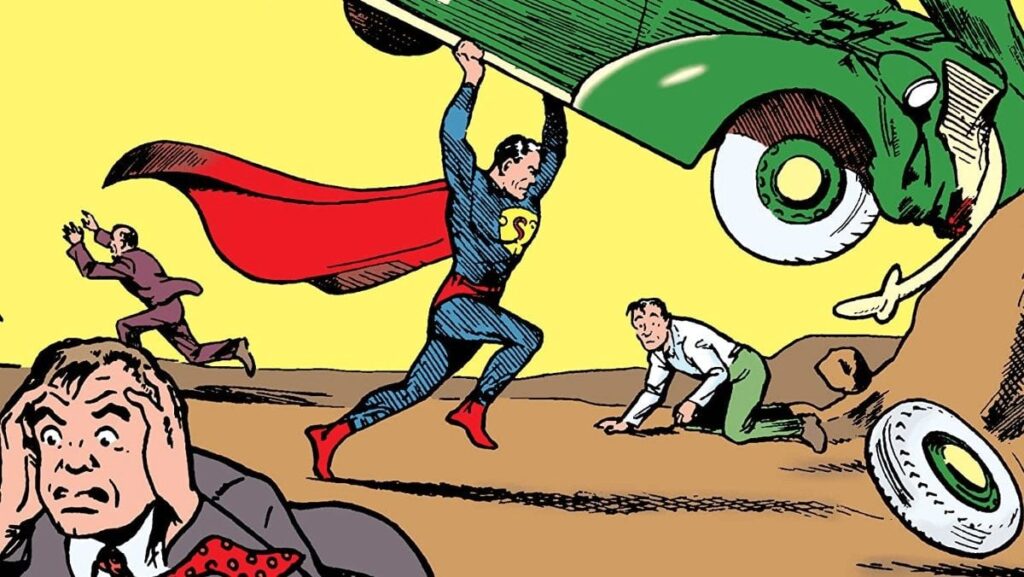When we look back at the origins of the superhero genre, we find a handful of iconic characters who laid the groundwork for what has become a cultural phenomenon. These pioneers not only captured the imaginations of their original audiences but continue to inspire and entertain us to this day. Let’s take a moment to appreciate the first five classic superheroes who started it all.
The Quintessential Superhero Superman
It was 1938 when the world first laid eyes on Superman, soaring above the mundane and into history. Created by Jerry Siegel and Joe Shuster, Superman is often considered the archetype of superheroes. The Golden Age of superheroes began in 1938 with the appearance of Superman,
and from there, everything changed. As Comicvine states that Superman’s powers increased gradually (and without explanation) in succeeding issues of Action Comics,
it’s clear that his character evolved over time, setting a precedent for future superheroes. In those initial 12 pages of Action Comics #1, Superman was depicted lifting a car with ease, an image that has become one of the most iconic comic book covers of all time.
The Dark Knight Emerges
A year after Superman’s debut, Batman swooped into the scene in Detective Comics #27. Unlike his predecessor’s god-like powers, Batman relied on his human abilities and detective skills, a contrast that brought a new dimension to superhero storytelling. His creators, Bob Kane and Bill Finger, presented a character who was as much a sleuth as he was a vigilante. Bill Finger was a contributing force on Batman right from the beginning… Bill turned him into a scientific detective,
said Bob Kane, highlighting Finger’s critical role in shaping Batman’s persona. The recognition of Finger’s contributions was long overdue, but finally acknowledged by DC Comics in 2015.


The Amazonian Trailblazer Wonder Woman
In 1941, Wonder Woman burst onto the scene as the first mainstream female superhero. William Moulton Marston created a character who was not just strong and heroic but also an emblem of gender representation in comics. Her origin story is as unique as her impact; born from clay and given life by Greek gods. This narrative has undergone several retellings, yet her essence remains consistent: she is a princess of the Amazons from Paradise Island (Themyscira), living free from men’s world constraints. Her significance extends beyond her own stories; she was one of the earliest characters to explore concepts like parallel Earths in DC Comics.


The Speedster The Flash
The concept of super speed was introduced with The Flash, who made his lightning-fast entrance in Flash Comics #1 in 1940. Created by Gardner Fox and Harry Lampert, Jay Garrick became ‘the fastest man alive’ after an accident involving chemicals in his lab—a classic case of serendipity turning an ordinary man into a hero. This origin story not only gave us another unique power but also expanded on what it meant to be a superhero beyond strength and flight.


The Ring Bearer Green Lantern
Last but certainly not least, Green Lantern shone his light upon the world in All-American Comics #16 in 1940. Creators Martin Nodell and Bill Finger introduced an innovative concept: a superhero whose power comes from an external source—the power ring. Drawing inspiration from Aladdin’s Lamp and Greek mythology, Green Lantern’s costume and mystic qualities captured readers’ imaginations, making him one of the era’s most popular heroes.
In conclusion, these five superheroes—Superman, Batman, Wonder Woman, The Flash, and Green Lantern—each brought something unique to the table. They paved the way for countless others and established tropes that are still prevalent today. Their legacies endure not just through their own stories but through the very fabric of pop culture they helped weave.

